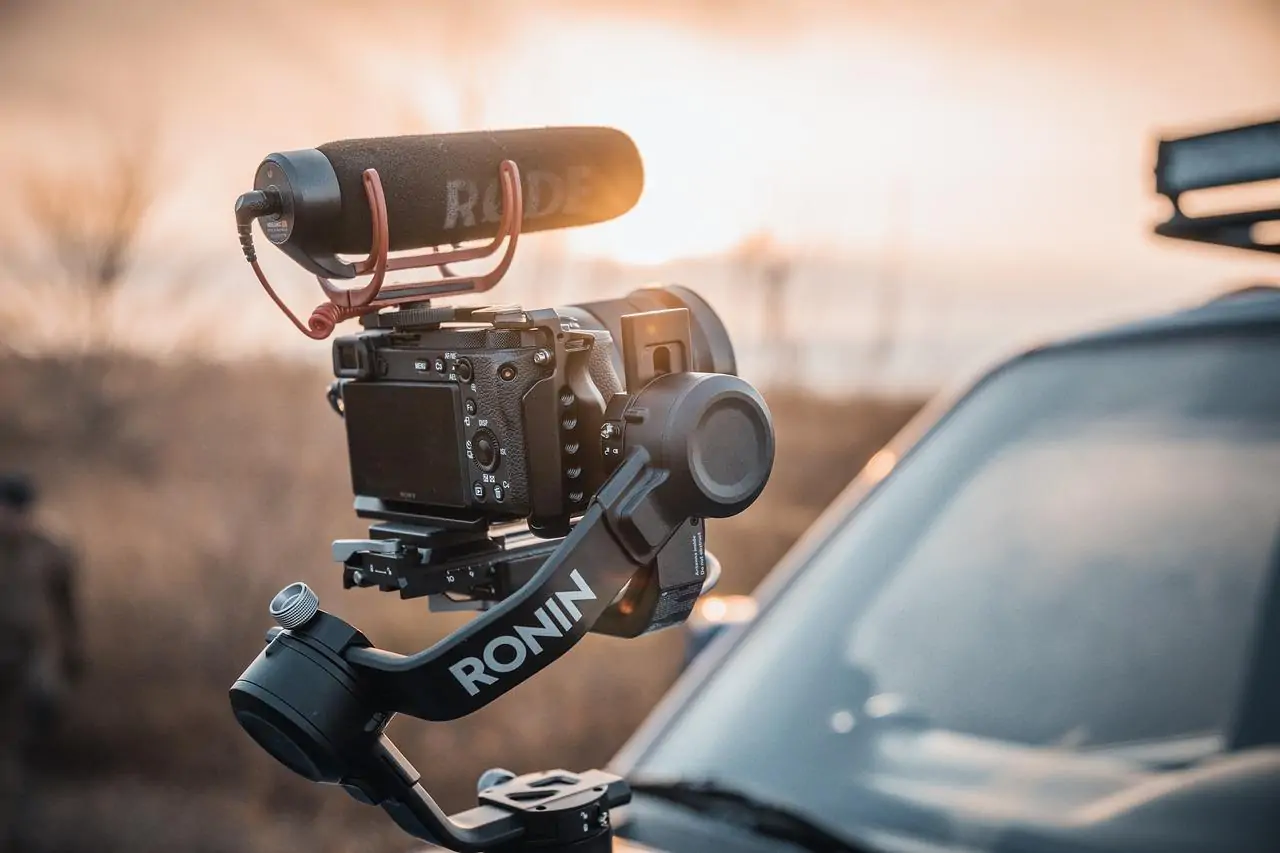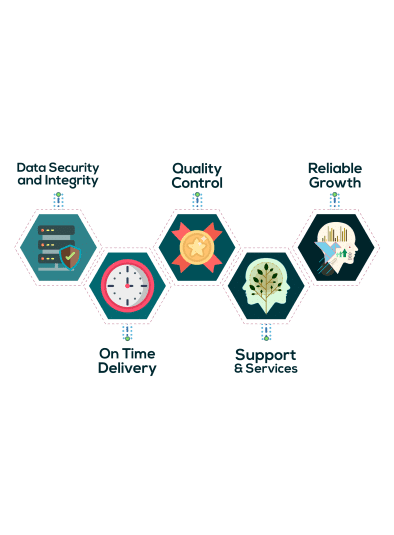
Buying Rugged IT Equipment: 6 Key Tips to Follow
When it comes to purchasing IT equipment, ruggedness should be at the top of your list of priorities. In today’s fast-paced and demanding work environment, having durable and reliable technology is crucial for a business’s success. Rugged IT equipment is designed to withstand extreme conditions, making it perfect for industries such as construction, manufacturing, and even adventurous outdoor activities.
But with so many options available on the market, how do you know which rugged IT equipment is right for your needs? Don’t worry, we’ve got you covered. In this blog post, we’ll discuss six key tips that will help guide you in the buying process. From understanding your specific requirements to considering long-term costs and warranties, you’ll be equipped with all the necessary information to make an informed decision. Let’s dive in.
Understand Your Needs
The first step in buying rugged IT equipment is to understand your specific needs. Every business or individual has different requirements, so it’s essential to assess what you need from the equipment before making a purchase. For instance, as highlighted by the team behind Acumetrics, there are different rugged power solutions available, and the one you choose will depend on your specific needs. You only need to invest in features that are necessary for your work environment.
Consider factors like where the equipment will be used, what tasks it needs to perform, and any environmental conditions it may encounter. This information will help narrow down your options and ensure that you select equipment that meets your requirements.
Consider Durability
When it comes to rugged IT equipment, durability is key. This type of equipment is designed to withstand harsh conditions, so it’s essential to consider how durable a product is before making a purchase. Look for features like impact resistance, water and dust resistance, and temperature tolerance.
Durability also extends beyond just physical strength; it includes the lifespan of the equipment as well. Make sure to research the materials used in construction and any certifications that indicate its durability. Investing in high-quality, durable equipment may cost more upfront but can save you money in the long run by avoiding frequent replacements or repairs.
Evaluate Performance
In addition to durability, performance is another crucial factor when buying rugged IT equipment. You want a device that can handle the tasks you need it for efficiently and effectively. Look for equipment with high processing power, storage capacity, and battery life.
It’s also essential to consider any specialized features that may be necessary for your specific needs. For example, if you work in an industry that requires frequent communication in remote areas, a rugged device with strong connectivity capabilities is crucial. Evaluating performance ensures that you invest in equipment that will improve productivity and meet your requirements.
Think About Long-Term Costs
While rugged IT equipment may have a higher upfront cost than regular devices, it’s essential to think about the long-term costs associated with your purchase. Consider factors like maintenance and repair costs, as well as potential downtime due to equipment failures.
Investing in high-quality, durable equipment may come at a higher price, but it can save you money in the long run by reducing the need for frequent replacements or repairs. Additionally, some manufacturers offer extended warranties or support options that can also help mitigate long-term costs.
Research Warranties and Support
Speaking of warranties and support, it’s crucial to research these factors before making a purchase. Rugged IT equipment often comes with specialized warranties that cover damage caused by water, dust, extreme temperatures, and more. Make sure to read the fine print and understand what is included in the warranty.
Additionally, consider the manufacturer’s customer support options. Are they easily accessible? Do they have a good reputation for resolving issues in a timely manner? Good warranties and customer support can provide peace of mind and save you time and money in the event of any equipment failures.
Read Reviews and Get Recommendations
Finally, it’s always a good idea to read reviews and get recommendations from others when buying rugged IT equipment. Look for reviews from individuals or businesses that have similar needs to yours. Take note of any common complaints or praises about specific products.
You can also ask for recommendations from colleagues or friends who have experience with rugged IT equipment. They may be able to provide valuable insights into their own experiences with different brands or models. Doing your research through reviews and recommendations can help ensure that you make an informed decision when purchasing rugged IT equipment.
By following these six key tips, you can confidently navigate the process of buying rugged IT equipment. Understanding your needs, considering durability and performance, thinking about long-term costs, researching warranties and support, and reading reviews and recommendations will help you make the best decision for your specific requirements. With durable and reliable technology at your disposal, you can focus on growing your business or enjoying outdoor activities without worrying about equipment failures.




